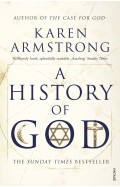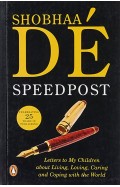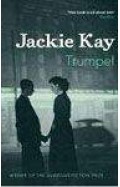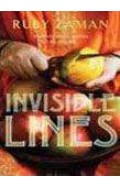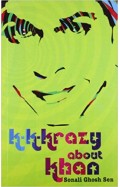- Home
- Books
- Sale
- 11.11 Sale UPTO 90% OFF
- 45% OFF
- The Many Faces of Kashmiri Nationalism From the Cold War to the Present Day
The Many Faces of Kashmiri Nationalism From the Cold War to the Present Day
By: Nandita Haksar
-
Rs 382.25
- Rs 695.00
- 45%
You save Rs 312.75.
Due to constant currency fluctuation, prices are subject to change with or without notice.
| Book | |
| What's in the Box? | 1 x The Many Faces of Kashmiri Nationalism From the Cold War to the Present Day |
The Many Faces of Kashmiri Nationalism From the Cold War to the Present Day
By: Nandita Haksar
Rs 382.25 Rs 695.00 Ex Tax :Rs 382.25
Zubin Mehta: A Musical Journey (An Authorized Biography)
By: VOID - Bakhtiar K. Dadabhoy
Rs 472.50 Rs 1,050.00 Ex Tax :Rs 472.50
History of God The 4000 Year Quest of Judaism, Christianity and Islam
By: Karen Armstrong
Rs 2,965.50 Rs 3,295.00 Ex Tax :Rs 2,965.50
Manning Up: How the Rise of Women Has Turned Men into Boys
By: Kay Hymowitz
Rs 646.75 Rs 995.00 Ex Tax :Rs 646.75
History of God The 4000 Year Quest of Judaism, Christianity and Islam
By: Karen Armstrong
Rs 2,965.50 Rs 3,295.00 Ex Tax :Rs 2,965.50
No recently viewed books available at the moment.
Zubin Mehta: A Musical Journey (An Authorized Biography)
By: VOID - Bakhtiar K. Dadabhoy
Rs 472.50 Rs 1,050.00 Ex Tax :Rs 472.50
The Many Faces of Kashmiri Nationalism From the Cold War to the Present Day
By: Nandita Haksar
Rs 382.25 Rs 695.00 Ex Tax :Rs 382.25
History of God The 4000 Year Quest of Judaism, Christianity and Islam
By: Karen Armstrong
Rs 2,965.50 Rs 3,295.00 Ex Tax :Rs 2,965.50











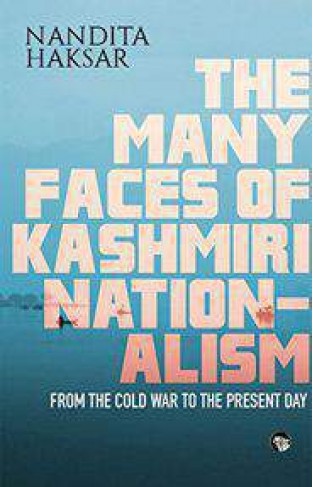
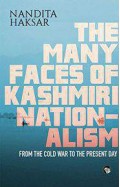
-120x187.jpg?q6)





